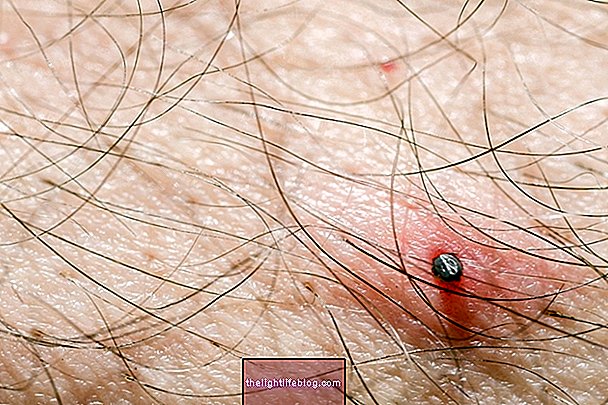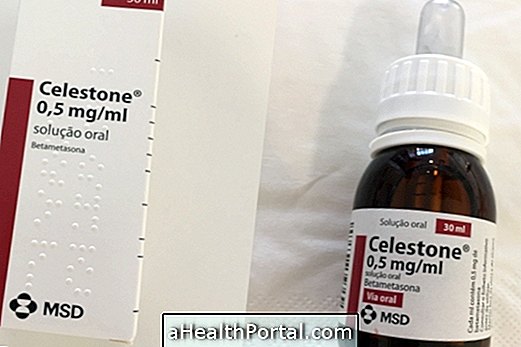Treatment for toxoplasmosis is done through the use of antibiotic medicines, such as spiramycin, which removes the protozoan Toxoplasma gondii from the body of the individual.
Toxoplasmosis is very common, affecting about 80% of the population, but is not always severe or has symptoms. Although usually treated when the individual has symptoms, treatment can be done even in the absence of these.

Treatment for toxoplasmosis in pregnancy
Treatment for toxoplasmosis in pregnancy varies according to the gestational age and degree of infection of the pregnant woman. Antibiotics, such as spiramycin, are commonly used in the first three months and a combination of sulfadiazine, pyrimethamine and folinic acid in the last 2 trimesters of gestation.
However, this treatment does not guarantee the protection of the fetus against the agent that causes toxoplasmosis, because the later the treatment of the pregnant woman, the greater the chances of fetal malformation and congenital toxoplasmosis. Therefore, in order to avoid this condition, the pregnant woman must prenatal and perform a blood test to diagnose toxoplasmosis in the first trimester of pregnancy.
Treatment for congenital toxoplasmosis
Treatment for congenital toxoplasmosis is done after the baby is born with the use of antibiotics for 12 months. However, some malformations caused by the disease may have no cure and therefore the pregnant woman should seek the diagnosis of the disease as soon as possible to avoid serious problems in the fetus.
Treatment for ocular toxoplasmosis
The treatment of ocular toxoplasmosis varies according to the location and degree of infection in the eyes, but also with the clinical state of the patient, and can last up to 3 months in individuals with a diminished immune system. The cure is made with a mixture of antibiotic medicines, with clindamycin, pyrimethamine, sulfadiazine, sulfamethoxazole-trimethoprim and spiramycin being the most used.
After treatment, surgery may be necessary to resolve other problems caused by ocular toxoplasmosis, such as retinal detachment, for example.
Treatment for cerebral toxoplasmosis
Treatment for cerebral toxoplasmosis begins with the use of antibiotic medicines, such as sulfadiazine and pyrimethamine. However, as the disease mainly affects individuals with AIDS, the remedies can be changed in case of little success or allergy of the patient.
Toxoplasmosis has a cure
Toxoplasmosis is cured through the use of antibiotics; however, this treatment does not guarantee a definitive cure because Toxoplasma can re-infect the same individual. Therefore, prevention of toxoplasmosis is best prevented, so avoid eating raw food, putting your hands in your mouth after handling raw meat and avoiding direct contact with the feces of domestic animals.


























